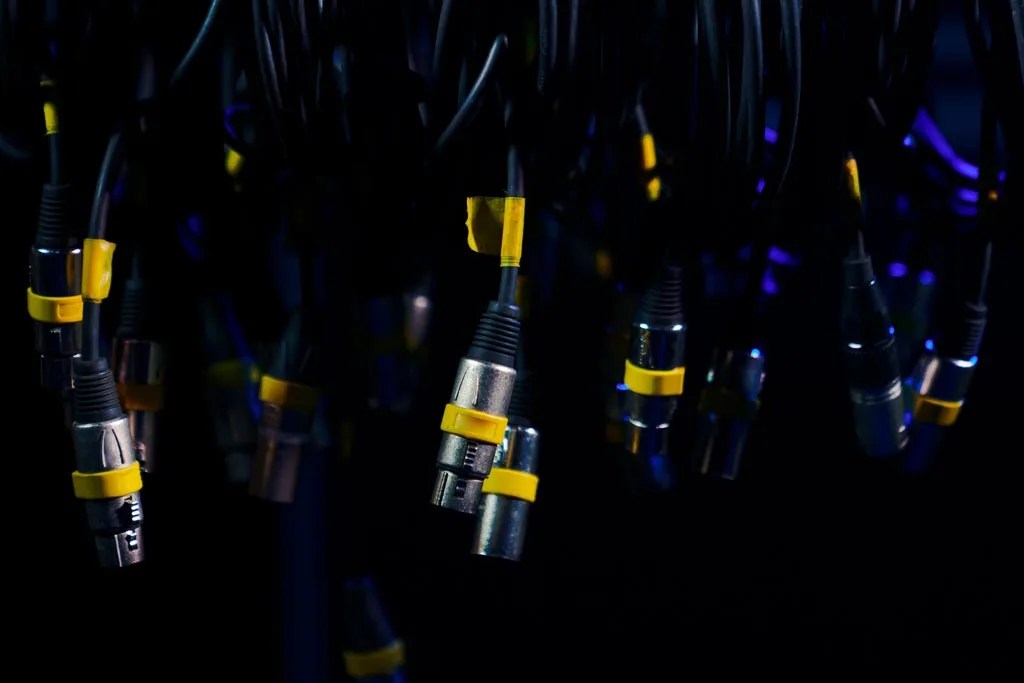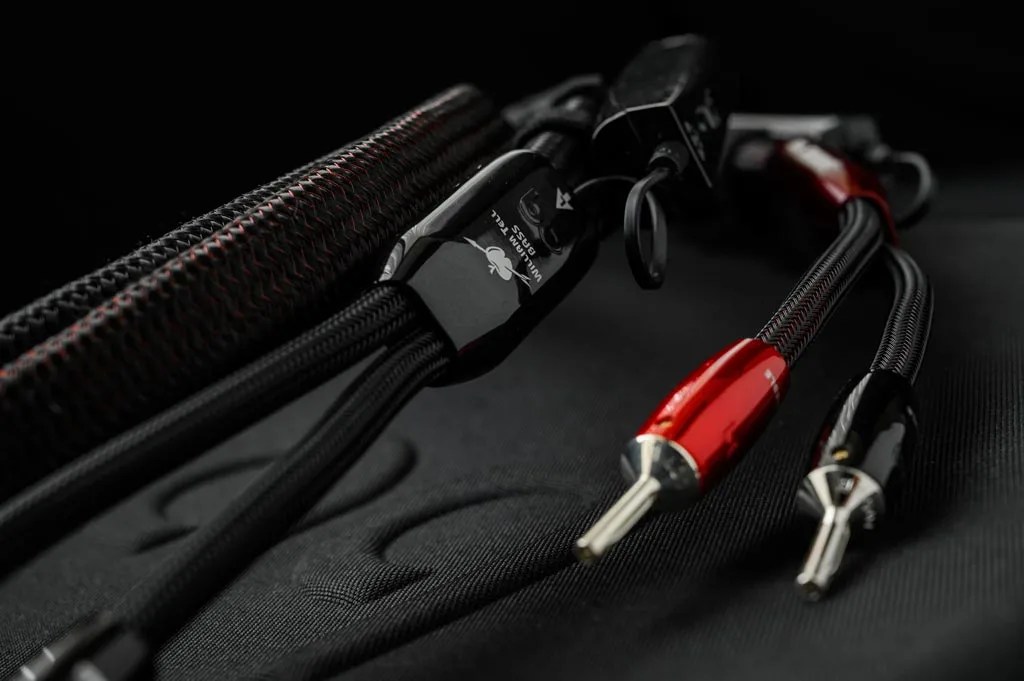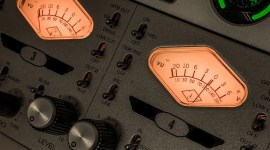
XLR vs. Jack: Which Connector Is Right for You?
Learn all there is to know about XLR and Jack cables, two of the most commonly used—and completely vital—pieces of gear in film, video, and audio production.
If you’re working in filmmaking or audio production, then you’re dealing with cables—a lot of them—in all kinds of scenarios, both on set and in the studio.
When dealing with audio, there are two cables you’ll encounter more than most: XLR and Jack.
What sets them apart, and how do they impact audio quality? Are XLR and Jack connectors best suited for specific audio situations?
Let’s explore the features and distinctions of these two widely used audio connectors.

The Role of Audio Cables
During shoots and post-production, XLR and Jack cables serve the purpose of transmitting audio to a range of equipment, including microphones, interfaces, speakers, and mixers.
However, they play different roles in the audio transmission process. Let’s take a close look at those roles.

The XLR Cable
XLR cables, also known as balanced cables, were developed in the 1940s by James H. Cannon, the founder of Cannon Electric.
The term “XLR” stands for External Line Return, and these cables consist of three pins arranged in a triangular configuration, with one ground wire and two signal carriers. The signal pins carry a reverse polarity copy of the signal, effectively cancelling out interference signals and delivering a clean signal that enhances sound quality.
Initially, XLR connectors were predominantly used in the professional audio industry, facilitating the transmission of balanced audio signals between microphones, mixers, and amplifiers. They gained popularity swiftly due to their ruggedness, reliability, and ability to minimize interference and signal noise.
Over time, XLR connectors have evolved and found applications in fields beyond professional audio, including lighting systems, video production, and stage automation.
Today, XLR connectors are the industry standard for transmitting balanced audio signals in professional audio and video production.
Watch this super-informative video from LEWITT Audio to learn more about the intricate details of this exceptional piece of equipment.
Advantages of XLR Cables
XLR cables are engineered to transmit high-quality, low-noise audio signals, making them a staple in professional settings like recording studios and live sessions. They’re renowned for their durability, being less susceptible to wear and tear and less prone to malfunctions.
Known as balanced cables, XLRs transmit audio signals with separate conductors for positive and negative signals, accompanied by a ground conductor. This design minimizes interference and noise, making XLR cables suitable for noisy environments and long cable runs.
XLR cables offer versatility, with applications in microphones, mixers, amplifiers, and lighting systems. They come in various lengths and can be easily extended using adapters for added flexibility.
XLR Cables in Filmmaking
In the filmmaking industry, XLR cables are indispensable for critical scenarios, thanks to their superior quality. Recording dialogue often relies on XLR cables to ensure clear and accurate audio capture.
Additionally, they facilitate the vital synchronization process between sound recorders and cameras.
Recording audio in diverse locations demands a robust cable, and XLR cables are built to withstand challenging conditions, making them the preferred choice in outdoor settings.

The Jack Cable
Jack cables, also known as unbalanced cables, have a history dating back to the early 19th century when they were initially used for transmitting electrical signals between telegraph machines.
In the early 20th century, these connectors were adapted for audio applications and have since become a staple in the consumer audio industry.
They are commonly used to connect headphones, portable speakers, and musical instruments to audio devices like phones, laptops, and portable music players.
Jack cables come in various sizes, with connectors ranging from 1/4 inch TRS (tip-ring-sleeve) to 3.5mm TRS. The 1/4-inch TRS is commonly used in professional audio equipment like studio monitors, while 3.5mm TRS connectors are prevalent in consumer audio equipment like headphones.
Here’s Dan Baker with a detailed explanation of the uses and distinctions of Jack cables.
Advantages of Jack Cables
One of the primary advantages of Jack cables is their affordability, making them a cost-effective choice for consumer audio applications. They are readily available in both physical and online electronics stores, enhancing accessibility.
Jack cables are highly versatile, coming in both 1/4 inch and 3.5mm variants, which expands their range of applications. They are compatible with various devices, including phones, microphones, laptops, monitor speakers, and musical instruments.
Jack cables are compact and portable, taking up minimal space compared to XLR cables. This portability makes them a convenient choice for on-the-go use.
Jack Cables in Filmmaking
While XLR cables are predominant in professional settings, Jack cables also play a significant role in filmmaking. They can connect microphones to cameras or mixers.
The key difference is that Jack cables are unbalanced, transmitting signals over a single conductor and a ground wire, which can potentially lead to noise interference.
However, their lower cost may make them a preferred option in certain scenarios.
On film sets, headphones often use Jack connectors, available in both 1/4 inch and 3.5mm sizes. The choice between them typically depends on your equipment, so it’s advisable to carry a 1/4-inch adapter just in case.
Connect with Confidence
With an understanding of the functions and characteristics of each cable type, you can confidently choose between Jack and XLR cables based on your specific needs.
Jack cables are a budget-friendly starting point, while XLR cables provide precision and durability for critical audio applications.
License this cover image via Andrew Will.





